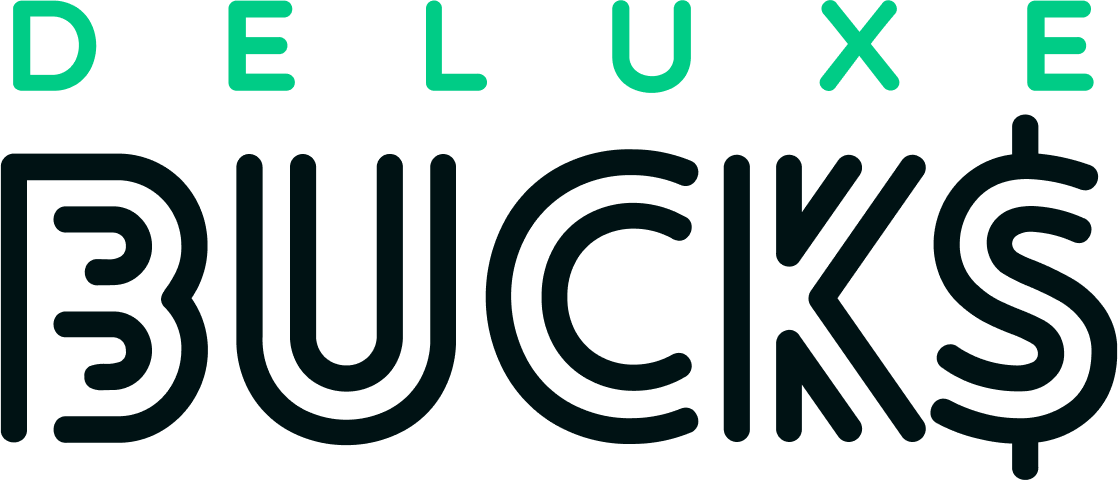Higher Education: Challenges and Opportunities
Higher education has long been a cornerstone of societal development, offering individuals the knowledge and skills necessary to thrive in various professional fields. However, the landscape of higher education is fraught with challenges and ripe with opportunities. This article delves into the multifaceted world of higher education, exploring its historical context, current challenges, and potential opportunities.
Historical Context of Higher Education
Higher education has evolved significantly over the centuries. From the ancient academies of Greece to the modern universities of today, each era has contributed to the development of educational institutions. Major milestones include the establishment of medieval universities in Europe, the expansion of higher education during the Industrial Revolution, and the rise of online learning in the 21st century.
Current Challenges in Higher Education
Rising Costs
One of the most pressing challenges in higher education is the rising cost of tuition. Many students graduate with substantial debt, which can hinder their financial stability and career prospects. The increasing cost of education also raises questions about the accessibility and affordability of higher education for all socioeconomic groups.
Access and Equity
Access to higher education remains uneven, with significant disparities based on socioeconomic status, geographic location, and other factors. Students from underprivileged backgrounds often face barriers that can prevent them from pursuing higher education. Efforts to improve access and equity are crucial for creating a more inclusive educational environment.
Quality of Education
The quality of education is another critical issue. Outdated curricula and traditional teaching methods may not adequately prepare students for the demands of the modern workforce. There is a growing need for educational institutions to innovate and adapt their teaching methods to ensure that students receive a relevant and high-quality education.
Technological Integration
While technology has the potential to revolutionize higher education, it also presents challenges. The digital divide can exacerbate existing inequalities, with students from disadvantaged backgrounds lacking access to necessary technological resources. Additionally, the rapid shift to online learning during the COVID-19 pandemic highlighted the need for effective digital learning strategies.
Globalization
Globalization has introduced new dynamics into higher education, including increased competition among institutions and the need for cultural integration. Universities must navigate these complexities to attract international students and foster a diverse and inclusive academic community.
Opportunities in Higher Education
Technological Advancements
Technological advancements offer numerous opportunities for enhancing higher education. E-learning platforms and AI-driven tools can provide personalized learning experiences, making education more accessible and engaging. These technologies also enable institutions to reach a global audience, breaking down geographic barriers.
Innovative Teaching Methods
Innovative teaching methods, such as flipped classrooms and experiential learning, are transforming the educational landscape. These approaches emphasize active learning and real-world application, helping students develop critical thinking and problem-solving skills.
Global Collaboration
Global collaboration is another significant opportunity for higher education. International partnerships and student exchange programs can enrich the educational experience, exposing students to diverse perspectives and fostering cross-cultural understanding.
Research and Development
Higher education institutions play a vital role in research and development. Increased funding opportunities and interdisciplinary research initiatives can drive innovation and address pressing global challenges. Institutions that prioritize research can contribute to advancements in various fields, from technology to healthcare.
Policy Reforms
Policy reforms at the governmental and institutional levels can create a more supportive environment for higher education. Government initiatives that provide funding and resources, along with greater institutional autonomy, can empower educational institutions to innovate and excel.
Case Studies
Examining successful models of higher education can provide valuable insights. For example, institutions that have effectively integrated technology and innovative teaching methods can serve as benchmarks for others. Lessons learned from these case studies can guide future improvements in higher education.
Future Trends in Higher Education
Looking ahead, several trends are likely to shape the future of higher education. Predictive analytics can help institutions make data-driven decisions, improving student outcomes and operational efficiency. Additionally, the concept of lifelong learning is gaining traction, with a growing emphasis on continuous education and skill development throughout one’s career.
Conclusion
Higher education faces numerous challenges, from rising costs to issues of access and equity. However, it also presents significant opportunities for innovation and growth. By embracing technological advancements, innovative teaching methods, global collaboration, and policy reforms, higher education institutions can overcome these challenges and thrive in the future.
FAQs
What are the main challenges in higher education today?
The main challenges include rising costs, access and equity issues, quality of education, technological integration, and globalization.
How can technology improve higher education?
Technology can enhance higher education through e-learning platforms, AI-driven tools, and personalized learning experiences, making education more accessible and engaging.
What role does globalization play in higher education?
Globalization introduces increased competition among institutions and the need for cultural integration, fostering a diverse and inclusive academic community.
How can higher education institutions ensure quality education?
Institutions can ensure quality education by updating curricula, adopting innovative teaching methods, and leveraging technology to provide relevant and high-quality learning experiences.
What are the future trends in higher education?
Future trends include predictive analytics for data-driven decision-making and a focus on lifelong learning and continuous skill development.


